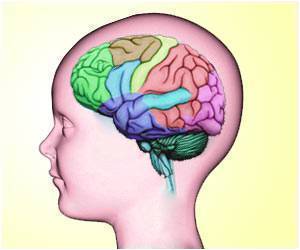A molecular motor, called Kinesin-14, helps to guide the formation of a new microtubule along an existing one, and so directs the formation of bundles.

‘A molecular motor, called Kinesin-14, helps to guide the formation of a new microtubule along an existing one, and so directs the formation of bundles.’





Somehow, the cell wrangles the growing microtubules, bringing them
into clustered bundles that extend in common directions. Thus far, it's
been unclear how this process occurs.New work led by a Rockefeller University scientist offers insight as to how cells align their microtubules in order to bundle them. The study, published in Cell, describes how two proteins work together to guide the growth of a new microtubule along an existing one.
A team of researchers led by Alipasha Vaziri, an associate professor and head of the Rockefeller's Laboratory's of Neurotechnology and Biophysics, has found that a molecular motor, called Kinesin-14, helps to guide the formation of a new microtubule along an existing one, and so directs the formation of bundles.
This protein's unusual ability to walk in both directions along the filament makes this possible. "It has a preference for movement towards the minus end, but the smallest bit of force can make it change direction and move toward the plus end," says Vaziri says, who was working at the Research Institute of Molecular Pathology in Vienna at the time the research was conducted.
His team found that, from its vantage point at the minus-end of an existing microtubule, Kinesin-14 attaches to a second protein that is bound to the plus end of a growing microtubule. This interaction nudges Kinesin-14 backward, prompting it to guide the growth of the new microtubule in parallel with the older one.
Advertisement
Source-Eurekalert









